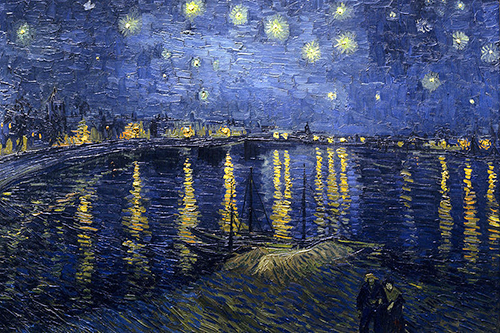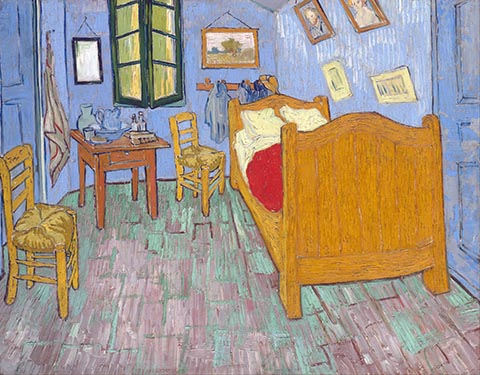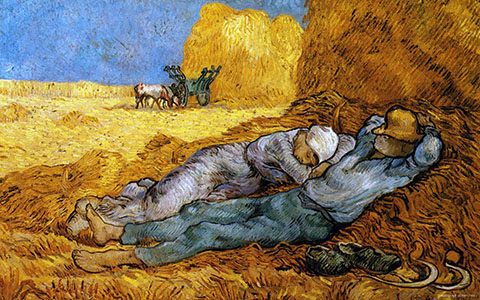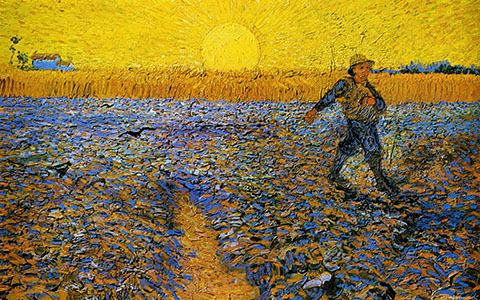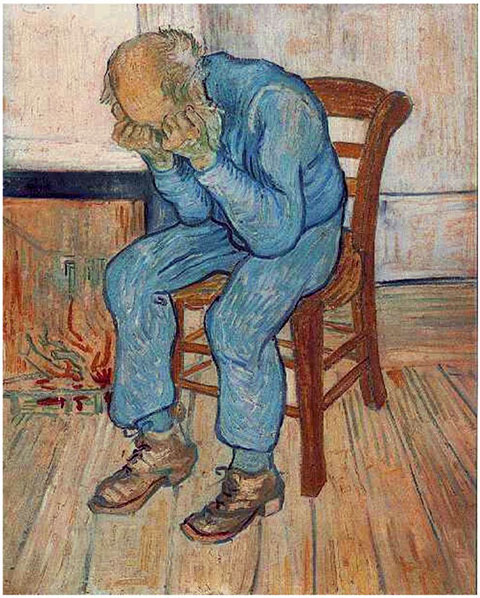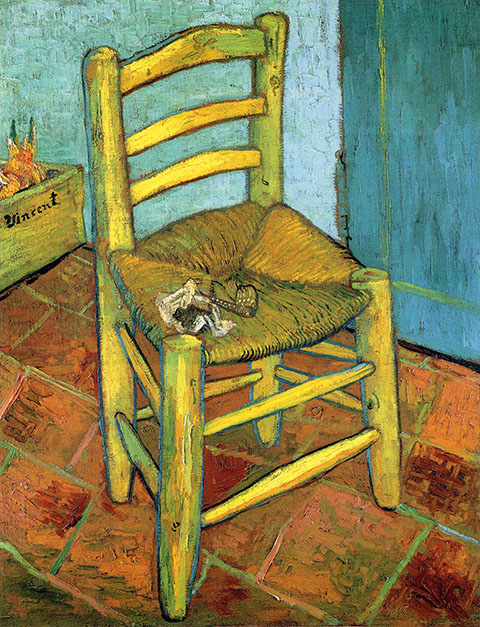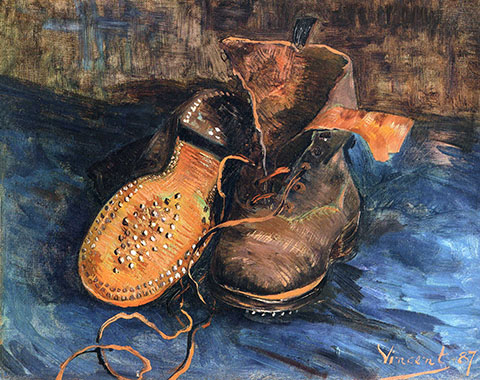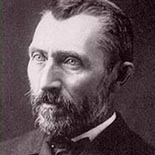 Vincent Willem van Gogh (March 30, 1853 – July 29, 1890) was a post-Impressionist painter of Dutch origin whose work, notable for its rough beauty, emotional honesty and bold color, had a far-reaching influence on 20th-century art.
Vincent Willem van Gogh (March 30, 1853 – July 29, 1890) was a post-Impressionist painter of Dutch origin whose work, notable for its rough beauty, emotional honesty and bold color, had a far-reaching influence on 20th-century art.
After years of painful anxiety and frequent bouts of mental illness, he died aged 37 from a gunshot wound, generally accepted to be self-inflicted (although no gun was ever found). His work was then known to only a handful of people and appreciated by fewer still.
Van Gogh began to draw as a child, and he continued to draw throughout the years that led up to his decision to become an artist. He did not begin painting until his late twenties, completing many of his best-known works during the last two years of his life. In just over a decade, he produced more than 2,100 artworks, consisting of 860 oil paintings and more than 1,300 watercolors, drawings, sketches and prints. His work included self portraits, landscapes, still lifes, portraits and paintings of cypresses, wheat fields and sunflowers.
Van Gogh spent his early adulthood working for a firm of art dealers, traveling between The Hague, London and Paris, after which he taught for a time in England. One of his early aspirations was to become a pastor and from 1879 he worked as a missionary in a mining region in Belgium where he began to sketch people from the local community. In 1885, he painted his first major work The Potato Eaters. His palette at the time consisted mainly of somber earth tones and showed no sign of the vivid coloration that distinguished his later work. In March 1886, he moved to Paris and discovered the French Impressionists. Later, he moved to the south of France and was influenced by the strong sunlight he found there. His work grew brighter in color, and he developed the unique and highly recognizable style that became fully realized during his stay in Arles in 1888.
The extent to which his mental health affected his painting has been a subject of speculation since his death. Despite a widespread tendency to romanticize his ill health, modern critics see an artist deeply frustrated by the inactivity and incoherence brought about by his bouts of illness. According to art critic Robert Hughes, Van Gogh’s late works show an artist at the height of his ability, completely in control and “longing for concision and grace”.
The most comprehensive primary source for the understanding of Van Gogh as an artist is the collection of letters between him and his younger brother, art dealer Theo van Gogh. They lay the foundation for most of what is known about the thoughts and beliefs of the artist. Theo provided his brother with both financial and emotional support. Their lifelong friendship, and most of what is known of Van Gogh’s thoughts and theories of art, is recorded in the hundreds of letters they exchanged between 1872 and 1890: more than 600 from Vincent to Theo and 40 from Theo to Vincent.
